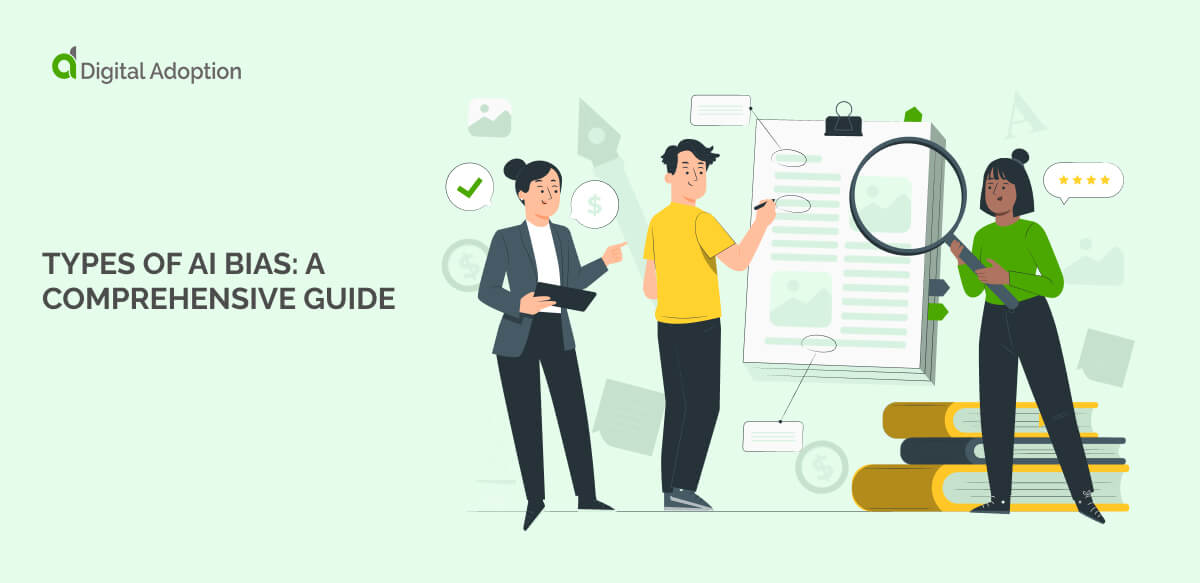What is business transformation?
Business transformation fundamentally changes an organization’s operations, strategies, and structures to improve efficiency, competitiveness, and sustainability.
This change often involves adopting new technologies, innovative business models, and optimized workflows to drive growth and adapt to market demands.
Business transformation aims to enhance overall performance, streamline processes, and achieve long-term success by aligning the organization’s goals with modern business environments and customer expectations.
A key element is digital transformation, where new technologies are adopted to enhance efficiency and innovation. This may involve automation, data analytics, and artificial intelligence.
Cultural transformation is also vital. It encourages an agile, collaborative, and customer-centric mindset among employees.




